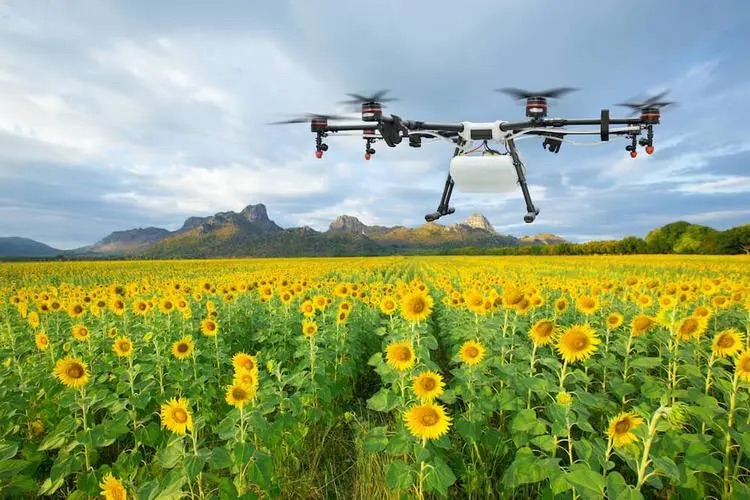Drone plant protection solutions can greatly reduce the workload of farmers. Taking 300 mu of lemon orchard as an example, a pair of father and son plus a drone can complete the pesticide work that takes three weeks for two people to complete in 4 hours.
While reducing the workload, it also reduces the loss of crops. Take 1,000 mu of cotton as an example. If pesticides are sprayed with a tractor, it will cause a loss of 5-6 mu of cotton. Based on the price of 400 kg/mu and 8 yuan/kg of cotton fields, the loss will reach nearly 20,000 yuan. Drones can completely avoid the loss of this part.
Not only that, it can also save the amount of water, pesticides and fertilizers. According to the statistics of Jifei Technology, relying on accurate variable spraying technology, in the process of grain production, drones have helped reduce the use of 45,363 tons of pesticides and fertilizers, greatly alleviate the problem of soil pollution and pesticide residues; and save 15.39 million tons of agricultural water, which is relative to the annual water consumption of 200,000 residents. As drones replace traditional fuel-fired agricultural machinery operations, they have reduced carbon emissions by 760,000 tons, which is equivalent to planting 10.32 million trees.
Facts have proved that the combination of drones and agriculture has not only brought huge benefits to agriculture, but also created more energy conservation and emission reduction effects. So if drones continue to develop in the field of agriculture and make a deeper combination with agriculture, they will completely realize the agricultural 4.0 era of integrating the Internet, but this road is not easy to go.







Please sign in to comment
register